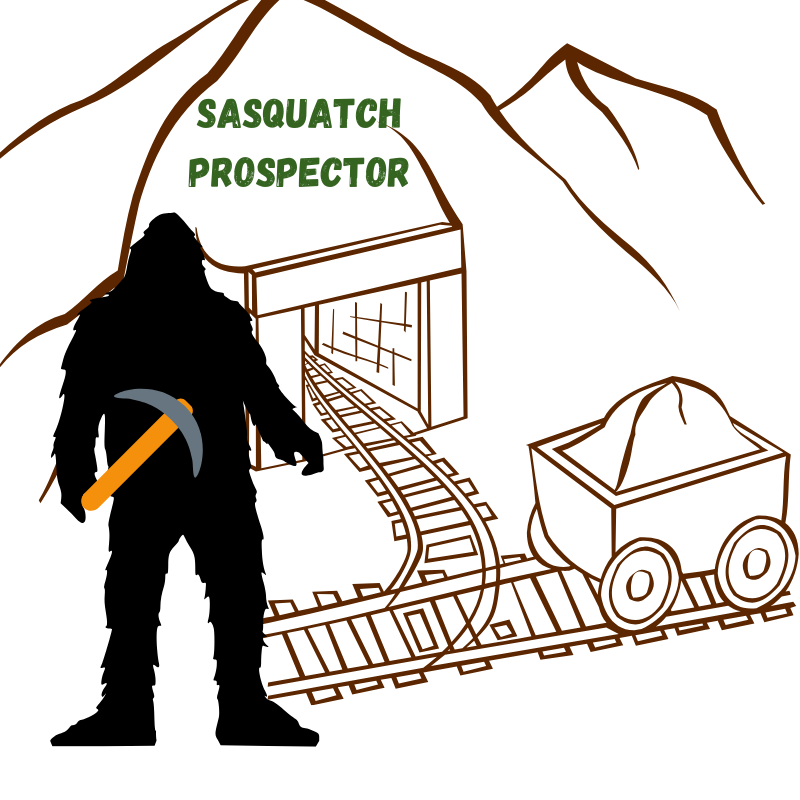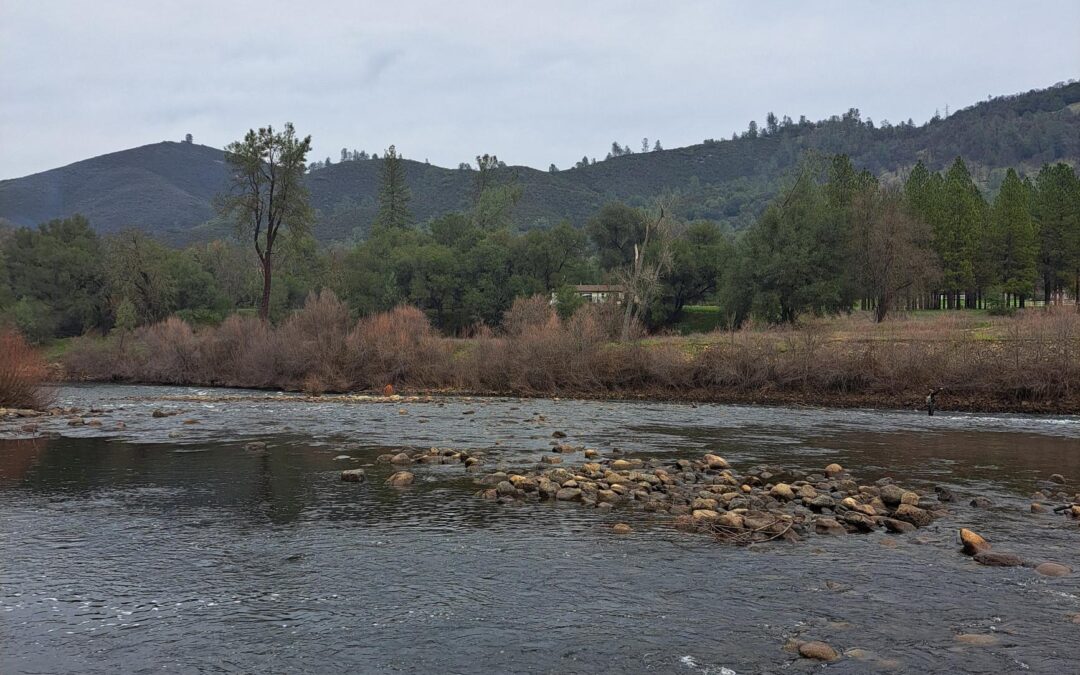Gold, it can drive you crazy. Many have succumbed to gold fever over the course of history. The allure of riches has created many stories and legends of lost treasure all over the world.
Humans have scoured the earth looking for gold searching in all corners of the planet to find it. Entire civilizations have been built upon the foundation of gold and it has been used as a form of payment for thousands of years.
In this blog we look at one of the big gold rushes of North America, the California Gold Rush of 1848.
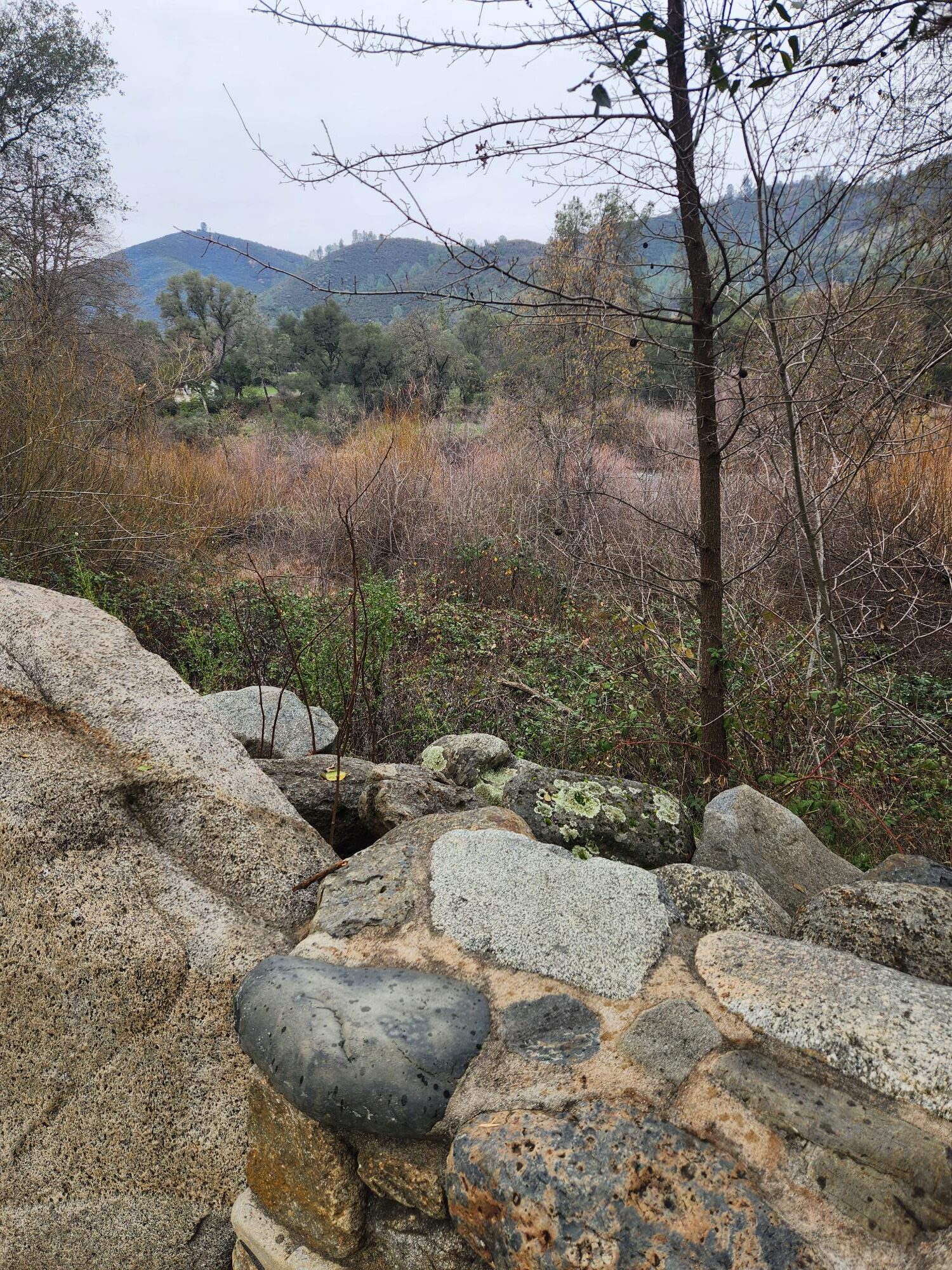
California was once a faraway remote outpost in the north of Mexico. The region was incredibly isolated and rugged, cut off from the rest of North America by the Sierra Nevada Mountains, deserts and ocean. These deserts and mountain ranges would become great obstacles for gold seekers looking to make their way to California.
Gold was discovered in Coloma California by the banks of the American river in a sawmill tailrace on January 24th, 1848, by James Marshall. Marshall was a carpenter who was building a sawmill along the American river when he bent looked down in the tail race and found something shiny. He had found gold!
The gold rush had begun, people in Oregon, Mexico, Chile and Hawaii heard of the news first and flocked to California. It took time for news of the rush to travel out east where people began to learn about the findings in this remote and faraway area. It was on, thousands of people would head to California in search of gold. All over the world the news spread like wild fire. South America, Europe and Asia where all gripped by gold fever. The California Gold rush would see people from all over the world come to the territory to try their luck at finding gold.
Mexico would lose California to the expanding United States of America on February 2nd, 1848, with the signing of the Treaty of Guadalupe Hidalgo. This drew to a close the Mexican American war and would establish the border between the two countries. It would be a great loss for Mexico as gold had been discovered recently.
America wanted to exert its dominance in the region and the California Gold Rush presented the perfect opportunity. Discovery of gold gave people a reason to come to California and it caused the development of many towns and cities. The race to get to California was on, those who made it in time would stake claims and potentially find gold. Even with a claim staked, there was no guarantee. San Francisco would grow overnight becoming a transportation hub and Sacramento would develop into the Capital of California and play a critical role in transportation and railways.
Getting to California was a difficult ordeal that required many resources to achieve. If you had money and means than you could purchase a ticket on a steamship that would take you on a long journey down around South America past Cape Horne and then up to California to the port of San Francisco. Here you could travel by wagon or on foot to the gold fields of Coloma in the Sierra Nevada mountains.
The other less desirable option was to travel on foot and by wagon over thousands of miles through unknown and uncharted territory. Most of the people coming to California from America were from the East Coast and would have to cross the entirety of the continent. Doing this on foot was a monumental task and presented many challenges, some of which could have fatal consequences. This route was more common because it was not as expensive as purchasing a steamship voyage around North and South America
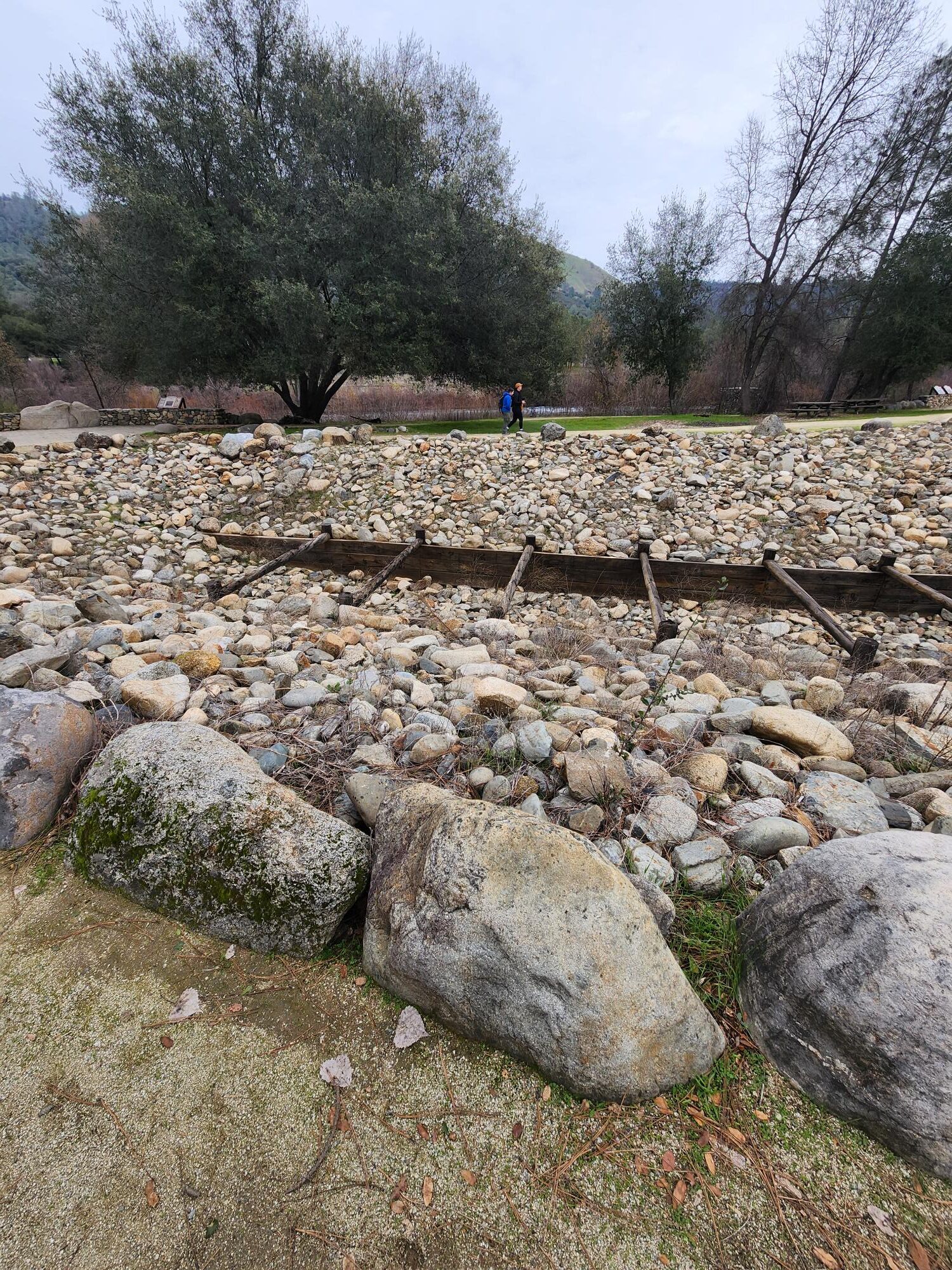
San Francisco was a frenzied place in the times of the gold rush. Full of eccentric and wild characters seeking adventure and fortune, it became a hotspot for many interesting experiences. Ships would be abandoned by crazy gold seekers and would be demolished and used to build out the city even more. Business sprang up to accommodate the needs of travels making their way to the gold fields. Miners and prospectors needed many supplies which would spur economic development in the region.
Not many stayed there long, the call of the gold fields would draw them up into the Sierras along the various valleys, rivers and creeks to look for gold. The entire region was bustling with miners and prospectors looking for the next big strike. There were thousands of miners that later become called “49ers”. This was denoting the main year of the gold rush, 1849.
Placer mining using gold panning was the method of mining at the beginning of the rush. Hydraulic water monitoring would appear a few years later and presented a whole new dimension to mining for placer gold. J B Hobson a mining engineer was a key figure in this process, he would work up in Cariboo region of British Columbia in Canada later in life. Water monitors used high pressure water to blast away material deposits and collect gold using a wing dam and sluice system.
The “California Cradle” was a mining method used for dryer environments where water was not as abundant. These were rocker boxes but where colloquially referred to as a California Cradle. They rock back and forth and separate gold from dirt using this motion. It works well in rocky places where sifting material is required. Rocker boxes are common throughout many mining areas and are very useful tools to extract gold.

There were huge quantities of gold in the region and it was not just limited to the American river. Claims where staked all through the region. Towns like Placerville and Auburn are located near gold deposits. The Sierra Nevada mountains are littered with gold and mines can be found all over the place. Sutters Mill on the American river was the spark that ignited the flame that would change mining in North America.
California was a crazy place at this time, frontier justice was very prevalent and people would dispense justice often as they saw fit. Claim jumping was a fatal offense that was inexcusable and carried severe consequences, frontier justice was real here.
The territory became a state on September 9th, 1850, and the capital was located in San Jose. Then in 1854 Sacramento became the Capital of California after the capital changed locations several times. The gold rush played a large part in California becoming a state. Gold discoveries prompted the migration of people to the region and caused the population of Americans to grow considerably. It was one of the largest migrations of people in modern human history. The Klondike Gold rush in the Yukon would also have the same affect.
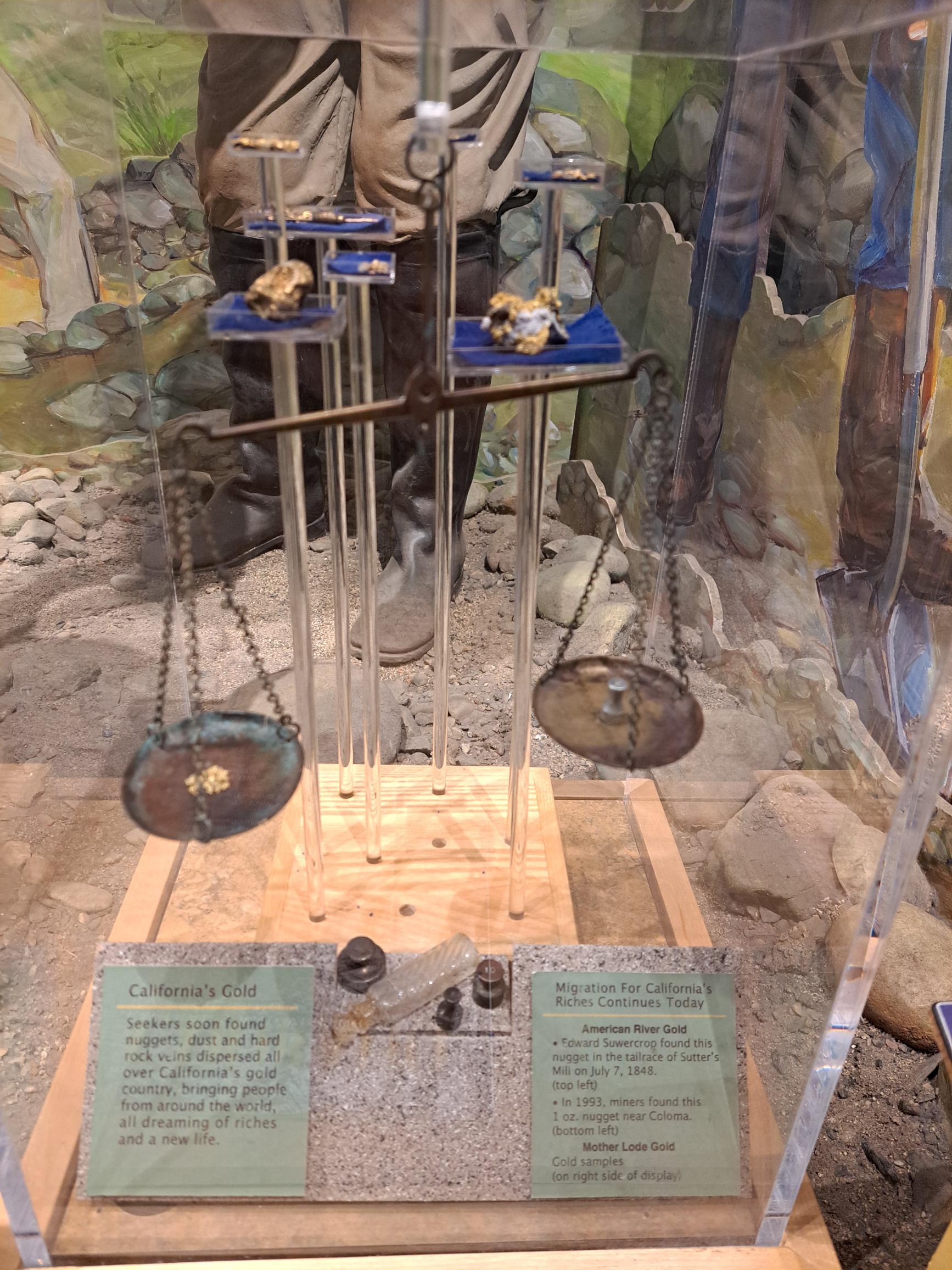
California has gold all over the State. The gold rush of 1849 was just the beginning of a legacy of mining that carries on to this day. Today you see the remnants of the gold rush and the many museums, monuments and rebuilt facilities which preserve the gold rush history. There are many regions of California where gold can be found.
Gold has this affect on any region in which it is found. It transforms economy by causing speculation, business and trade to happen. This causes the towns and cities to grow and prosper into huge metropolises that we know today.
Before the gold rush, California was full of Spanish cattle ranchers and was a quiet and remote place. This was all changed by the discovery of gold. Now California has a population greater than Canada and has become an economic powerhouse in the world. The gold rush was a large part of the prosperity which would lay a foundation for today.
Exploring gold rush towns is an exciting and enlightening experience which provides insight into what life was like when so many things where unknown.
Oh, the feeling of traveling in an unknown land and not knowing where or what will happen. This is gold mining!
